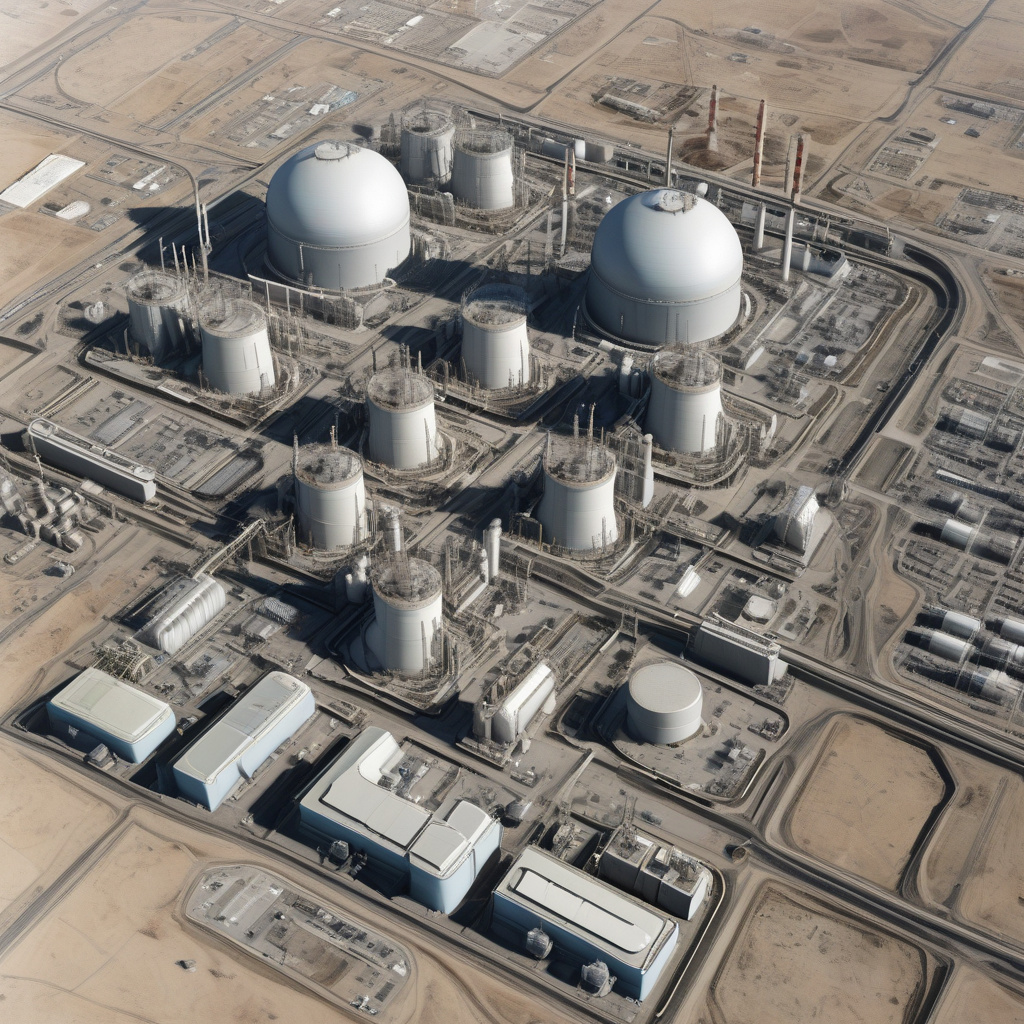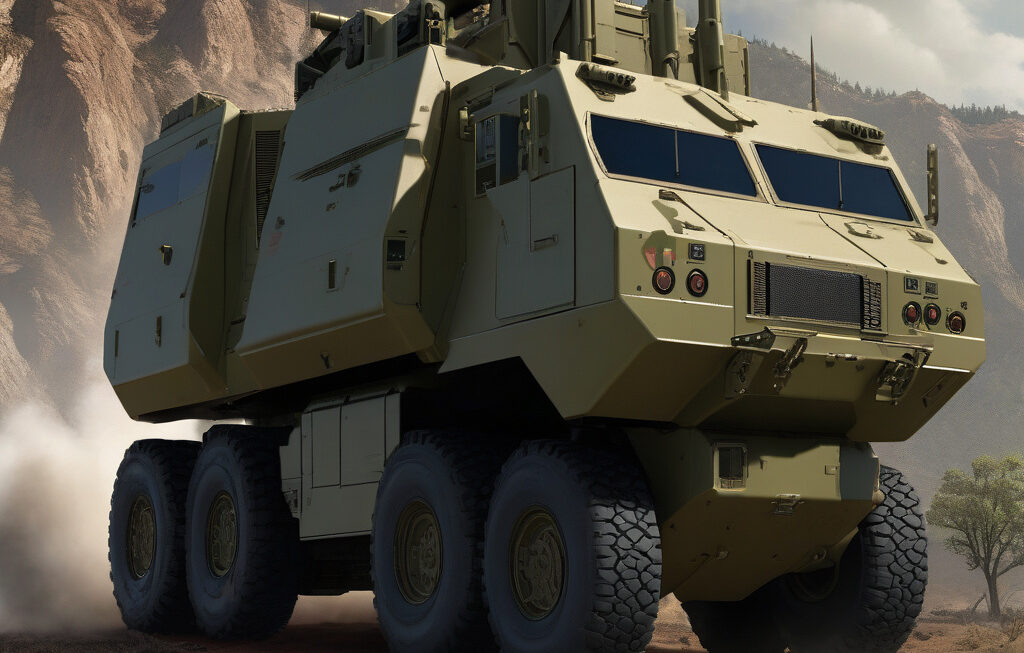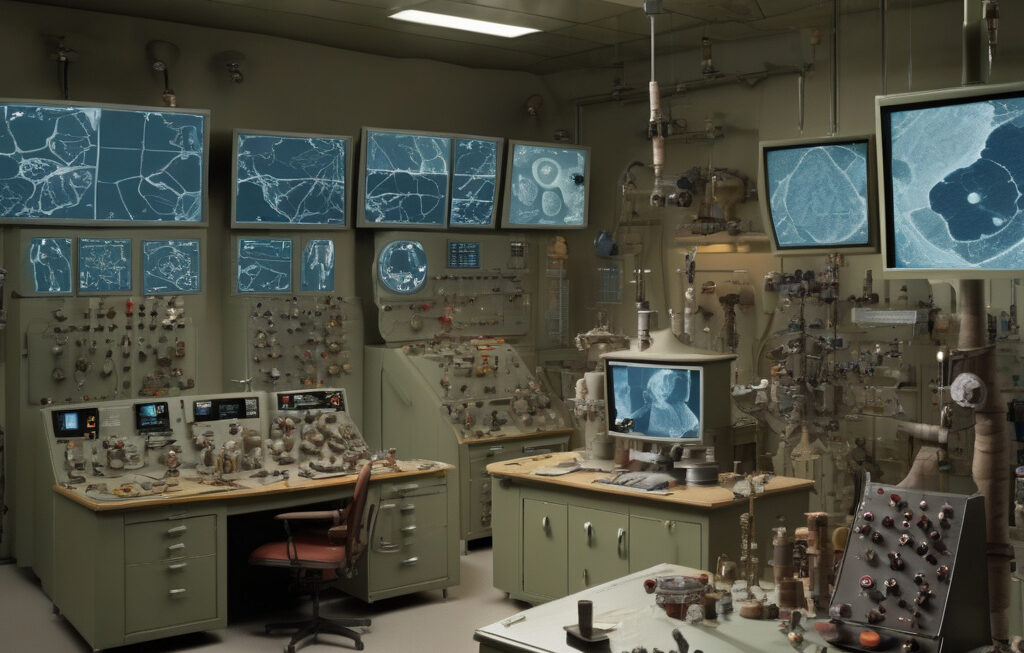US Strikes Spare Key Nuclear Research Reactors in Iran, Satellite Images Reveal
New satellite imagery released by Maxar Technologies shows that recent U.S. airstrikes on Iran’s nuclear facilities spared key research reactors crucial for the country’s scientific advancements. The images captured by Maxar’s WorldView-3 satellite reveal that while significant damage was inflicted on surrounding buildings and infrastructure, the research reactors themselves remained intact. This revelation has sparked discussions among experts about the strategic considerations behind the airstrikes and their potential implications for the future of Iran’s nuclear capabilities.
The targeted airstrikes, which took place in response to Iran’s alleged involvement in recent attacks on American interests in the region, were aimed at disrupting the country’s nuclear program. However, the decision to spare the research reactors indicates a nuanced approach to the military operation, with a focus on minimizing collateral damage while still sending a strong message to the Iranian regime.
Iran’s nuclear research reactors play a critical role in the country’s scientific development, particularly in the fields of medicine, agriculture, and industry. These facilities are used for various peaceful purposes, such as producing radioisotopes for medical treatments and conducting research in nuclear physics. By avoiding direct damage to these reactors, the U.S. strikes aimed to avoid causing harm to Iran’s civilian population and mitigate the risk of a broader escalation in the region.
The satellite images also provide valuable insights into the precision and effectiveness of modern military technologies. The ability to target specific buildings and infrastructure while avoiding damage to sensitive facilities demonstrates the advanced capabilities of satellite-guided munitions and highlights the importance of accurate intelligence in military operations. In this case, the use of satellite imagery played a crucial role in assessing the outcomes of the airstrikes and understanding their impact on Iran’s nuclear infrastructure.
Furthermore, the decision to spare the research reactors reflects a broader shift towards targeted and proportional responses in modern warfare. Rather than pursuing total destruction, military forces are increasingly focused on achieving specific objectives while minimizing unintended consequences. This approach not only reduces the human and environmental costs of armed conflict but also allows for more nuanced strategies that take into account the complex realities of contemporary geopolitics.
Looking ahead, the spared research reactors in Iran serve as a reminder of the delicate balance between military force and strategic restraint. As tensions continue to simmer in the region and the threat of nuclear proliferation looms large, the international community must navigate these challenges with caution and foresight. By leveraging technologies like satellite imagery and adopting precision-guided tactics, countries can pursue their security interests without sacrificing the principles of proportionality and humanitarian concern.
In conclusion, the recent U.S. airstrikes on Iran’s nuclear facilities, as revealed by satellite images, offer a glimpse into the evolving nature of modern warfare and the complexities of military decision-making. By sparing key research reactors, the strikes exemplify a calculated approach to achieving strategic objectives while minimizing harm to civilian infrastructure. As the world grapples with the implications of these developments, it becomes clear that precision, intelligence, and foresight will be essential in shaping the future of conflict resolution and international security.
#US, #Iran, #NuclearResearch, #SatelliteImagery, #MilitaryPrecision












